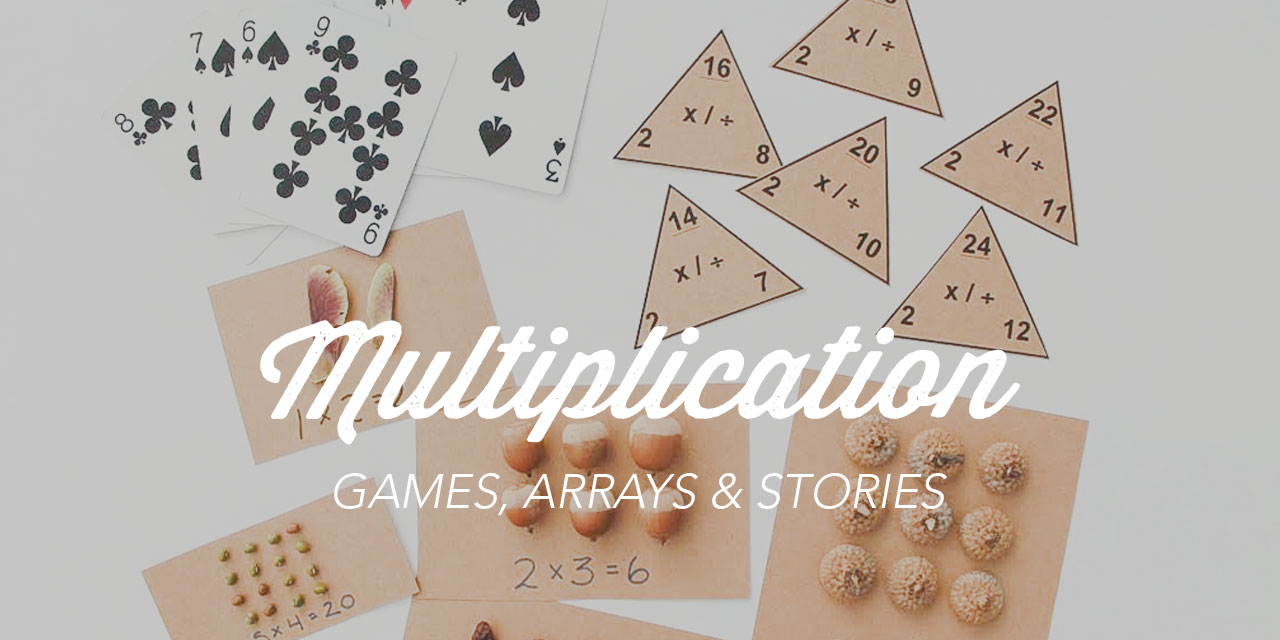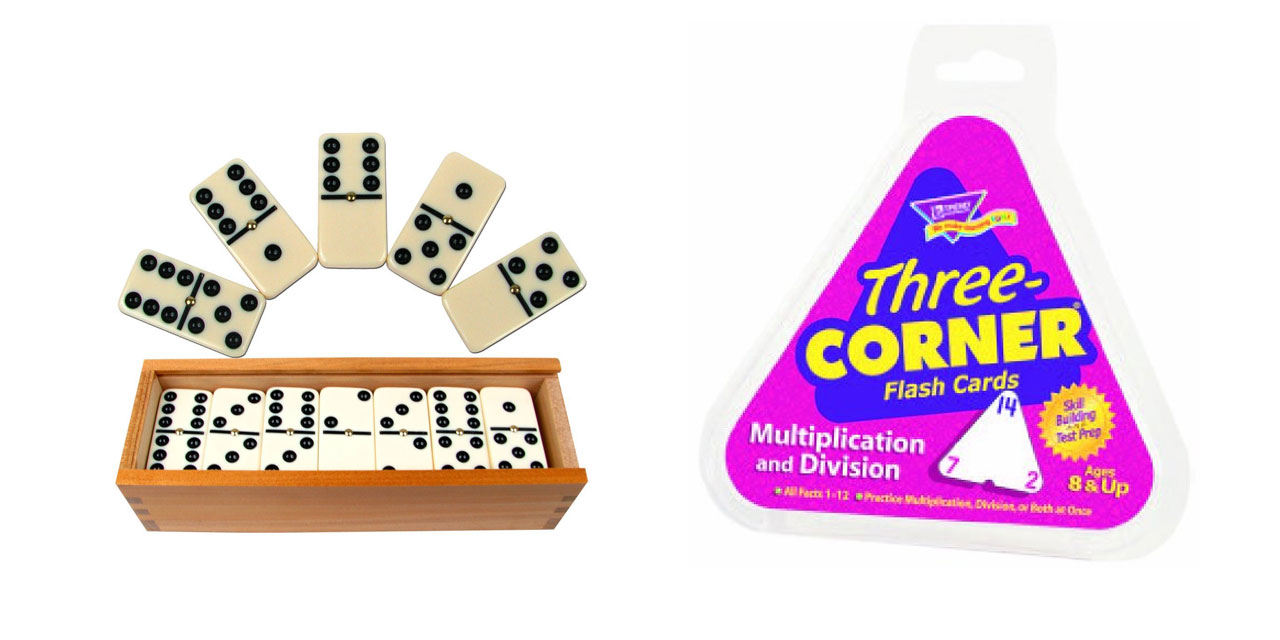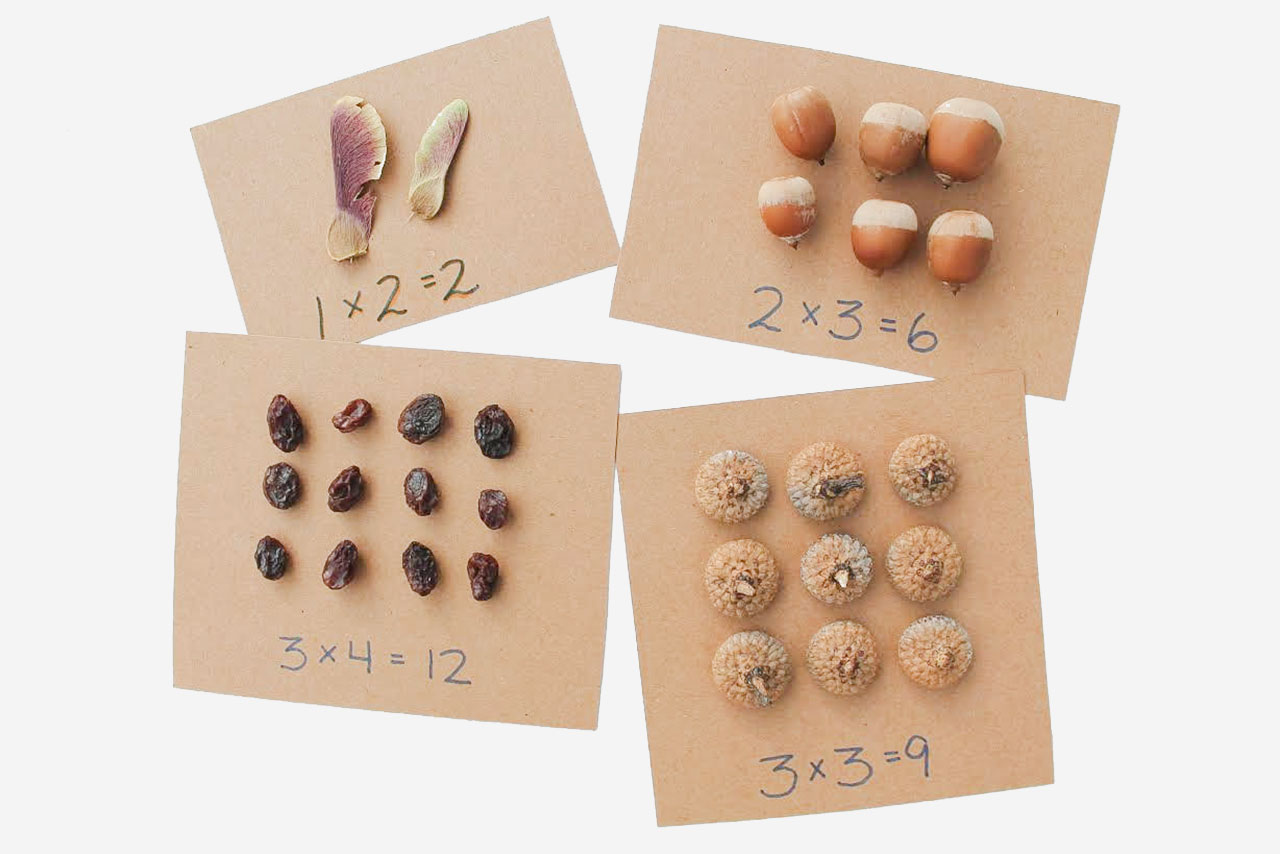Mulitplication Games, Arrays, and Stories
Second, third and fourth grade students across the country are busy learning and practicing multiplication facts. There are many fun ways to engage with them and provide fun for all.
The third grade common core standards place an emphasis on learning to multiply and divide within 100. The Operations and Algebraic Thinking Standards for the Common Core include the following outcomes for third grade students:
Operations and Algebraic Thinking
- Represent and solve problems involving multiplication and division.
- Understand properties of multiplication and the relationship between multiplication and division.
- Multiply and divide within 100.
- Solve problems involving the four operations, and identify and explain patterns in arithmetic.
There are many different fun, interactive ways to learn the multiplication / division facts up to 100.
- Matching Dominoes – Use two sets of six by six dominoes. This game can include up to four players or played individually. It provides students with a hands-on way to work on multiplication facts up to six times six. Have children take turns flipping over two dominoes to face up on their turn. Each player says the multiplication fact for the domino he/she turns over, even if it is not a match. For example, if a player turns over a 3 / 2 domino, the player says three times two is six. This way, all children hear the fact with the answer. Provide scrap paper for players to figure out facts as needed. This game is played like a traditional memory / match game where the player with the most matches at the end wins the round.
- Triangular Flash Cards – These flash cards are perfect for working on fact families. Each card has one number in each of three corners showing a fact family. To work on having children see how multiplication and division are related play a game using the triangular flash cards. One player holds up a card while covering one corner. The other player figures out which number is covered. For example, multiplication / division fact family could be 6, 3, 18. The covered number is 18 and so the player says 6 times 3 equals 18. The corner is uncovered to check for accuracy. Provide paper or other supplies as needed to allow players to figure out answers.
- Make Arrays – Let’s take our math learning into the kitchen or to the great outdoors. Creating arrays is a meaningful way for children to see how multiplication works. An array is a group of items placed in rows and columns. One could make an array out of almost anything such as mini – marshmallows, chocolate squares, M & M’s, carrots, grapes or outdoor items such as pebbles, acorns and leaves. Provide a multiplication fact such as 4 x 2 and share how to create four rows of an object with two objects in each row. Discuss, then, how to count for the total. Try several different multiplication facts. To incorporate division facts, you could share a completed array, ask the child to count the total, and show him / her how to write a division fact using the total and number of rows or number in each row.
- Multiplication Snap – (2 player) To play you will need one set of playing cards and two players. Take out the face cards. Deal out the deck of cards evenly so that each player has the same amount. To play, each player snaps down a card and the quickest player to say the multiplication fact with the answer takes both cards. The player with the most cards at the end wins. The game ends when one player loses all of his / her cards or players decide to play by time and the time is up. Provide scrap paper for computation.
- Children’s Literature: There are many wonderfully rich children’s literature books to share with children that not only have a great story but also incorporate multiplication and division concepts. Read and discuss some of these titles with the young learner in your life. Work on figuring out the answers and discussing the concepts together.
- 2 X 2 = Boo: A Set of Spooky Multiplication Stories by Loreen Leedy
- Amanda Bean’s Amazing Dream by Marilyn Burns
- Divide and Ride by Stuart Murphy
- Anno’s Magic Seeds by Mitsumasa Anno
- 7 x 9 = Trouble by Claudia Mills




